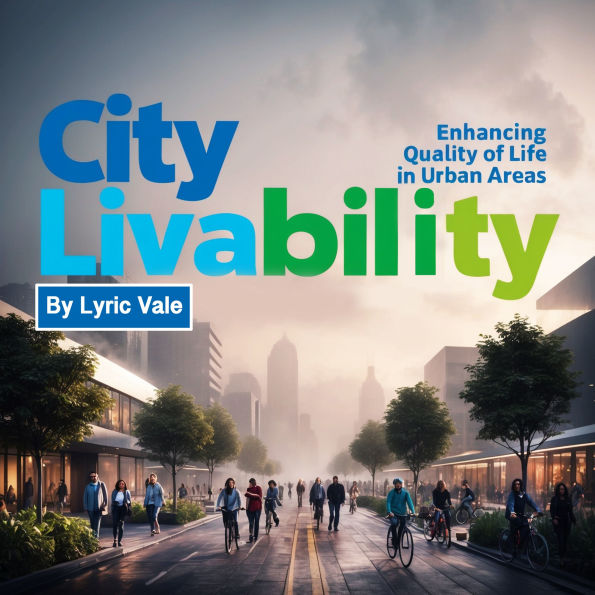City livability refers to the quality of life experienced by individuals living in urban areas. It encompasses a wide range of factors that contribute to the overall well-being of urban residents, from physical infrastructure to social, economic, and environmental conditions. The livability of a city is shaped by its ability to provide access to essential services, promote a sense of community, ensure safety, and foster opportunities for growth and development. It is a reflection of how well a city meets the needs of its inhabitants, both in terms of their immediate surroundings and their broader quality of life.
At its core, livability is about the balance between convenience, comfort, and sustainability. In urban environments, where high population densities often lead to challenges such as congestion, pollution, and inequality, creating a livable city is crucial for ensuring that residents not only survive but thrive. It is not just about basic services such as healthcare, education, and transportation but also about creating spaces where people can connect, engage with their surroundings, and find opportunities for personal and professional fulfillment.
The concept of city livability is also deeply intertwined with urban planning and design. How a city is structured - its streets, buildings, parks, and neighborhoods - directly impacts its livability. A well-planned city can promote walkability, offer green spaces for recreation, reduce noise and air pollution, and ensure efficient access to transportation networks. Conversely, poorly designed cities may suffer from overcrowded and polluted areas, limited green spaces, and inadequate public infrastructure.
City livability refers to the quality of life experienced by individuals living in urban areas. It encompasses a wide range of factors that contribute to the overall well-being of urban residents, from physical infrastructure to social, economic, and environmental conditions. The livability of a city is shaped by its ability to provide access to essential services, promote a sense of community, ensure safety, and foster opportunities for growth and development. It is a reflection of how well a city meets the needs of its inhabitants, both in terms of their immediate surroundings and their broader quality of life.
At its core, livability is about the balance between convenience, comfort, and sustainability. In urban environments, where high population densities often lead to challenges such as congestion, pollution, and inequality, creating a livable city is crucial for ensuring that residents not only survive but thrive. It is not just about basic services such as healthcare, education, and transportation but also about creating spaces where people can connect, engage with their surroundings, and find opportunities for personal and professional fulfillment.
The concept of city livability is also deeply intertwined with urban planning and design. How a city is structured - its streets, buildings, parks, and neighborhoods - directly impacts its livability. A well-planned city can promote walkability, offer green spaces for recreation, reduce noise and air pollution, and ensure efficient access to transportation networks. Conversely, poorly designed cities may suffer from overcrowded and polluted areas, limited green spaces, and inadequate public infrastructure.

City Livability: Enhancing Quality of Life in Urban Areas

City Livability: Enhancing Quality of Life in Urban Areas
FREE
with a B&N Audiobooks Subscription

Product Details
| BN ID: | 2940194357987 |
|---|---|
| Publisher: | Cobbo Publishing LLC |
| Publication date: | 02/13/2025 |
| Edition description: | Unabridged |
Videos

